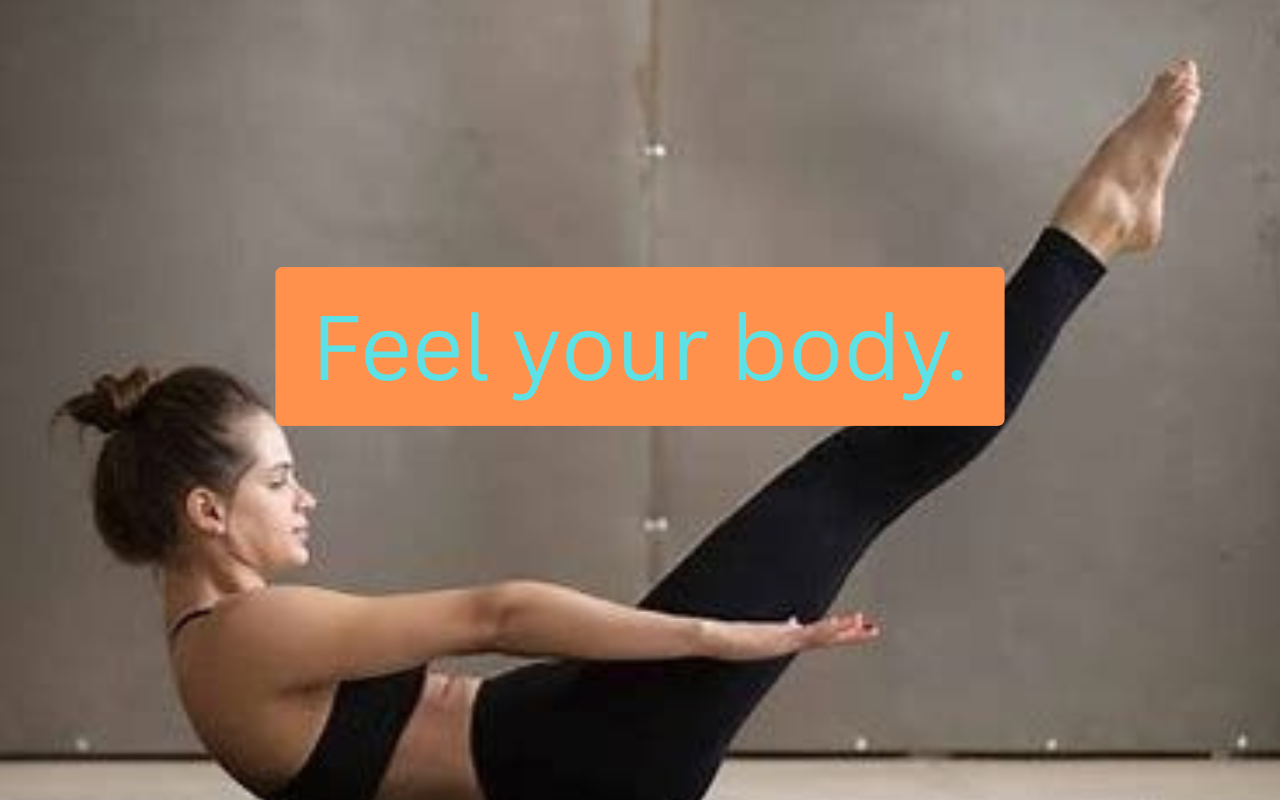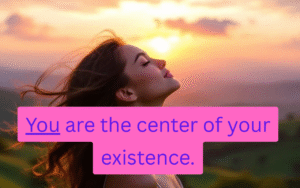When most people think of Pilates, they imagine toned abs and strong cores. But the true essence of Pilates goes far deeper. It’s not just about muscle—it’s about alignment, presence, and the graceful intelligence of the body. Alignment is more than posture; it is the harmony between body, mind, and energy.
Alignment as a Philosophy
Joseph Pilates, the creator of the method, described his practice as “the complete coordination of body, mind, and spirit.” Alignment in Pilates is not only physical—it’s about teaching the body to move with precision and balance. When the spine is aligned, breathing deepens, tension dissolves, and energy flows freely.
According to the Cleveland Clinic (www.my.clevelandclinic.org), practicing Pilates improves posture, flexibility, and overall body awareness, which reduces the risk of injuries and chronic pain. In short: alignment is the foundation of resilience.
Beyond the Core: What Alignment Unlocks
While core strength is essential, alignment opens other doors:
- Better Breathing: When your ribcage and spine are positioned correctly, the diaphragm expands fully, enhancing oxygen flow.
- Emotional Grounding: Research suggests that posture impacts mood and self-esteem (www.apa.org). Standing aligned is not only a physical act but a psychological one.
- Energy Efficiency: Aligned movement means less wasted effort, allowing the body to flow instead of fight itself.
Practical Tips for Everyday Alignment
- Think Length, Not Tension: Imagine a string pulling the crown of your head upwards, elongating the spine.
- Anchor the Feet: Notice how your feet connect with the ground—spread the weight evenly, not just on the heels.
- Soft Shoulders, Strong Core: Keep the shoulders relaxed while gently engaging the lower abdomen.
- Breath as a Guide: Let each inhale lift you and each exhale ground you.
- Micro-Movements: Small corrections throughout the day matter more than one perfect hour of exercise.
Alignment as Self-Respect
Alignment is not about rigidity—it’s about freedom. To align your body is to respect it, to listen, and to guide it into harmony. In this way, Pilates becomes more than a workout; it becomes a ritual of self-respect and empowerment.
Conclusion
When we speak of alignment in Pilates, we speak of alignment in life. To stand tall, breathe fully, and move with intention is to embody presence. Beyond core strength, the art of alignment is the art of living gracefully.
Sources:
- Cleveland Clinic — www.my.clevelandclinic.org
- American Psychological Association — www.apa.org
- Mayo Clinic — www.mayoclinic.org




